Employee Share Option Plans (ESOPs) are valuable tools used by companies to incentivize employees by offering them the opportunity to acquire shares in the company. However, the implementation of ESOPs comes with regulatory challenges that must be carefully navigated to ensure compliance and maximize the benefits for both employees and employers. In this guide, we’ll delve deeper into the regulatory landscape surrounding ESOPs, exploring key compliance requirements, designing effective ESOP structures, communication strategies, compliance monitoring, and seeking professional advice.
- Understanding Regulatory Framework:
1.1 Compliance Requirements:
ESOPs are subject to various legal and regulatory requirements, including securities laws, tax regulations, and employment laws. It’s crucial to understand and comply with these regulations to avoid legal risks and penalties.
1.2 Regulatory Bodies:
Regulatory bodies such as securities regulators, tax authorities, and labor departments oversee ESOPs. Staying informed about their guidelines, rulings, and enforcement actions is essential for ensuring compliance.
1.3 Jurisdictional Variations:
Regulations governing ESOPs can vary by jurisdiction. Companies operating in multiple jurisdictions must navigate a complex regulatory landscape and tailor their ESOPs to comply with local laws.
- Designing Effective ESOP Structures:
2.1 Tailored Approach:
ESOP structures should be tailored to the specific needs and objectives of the company and its employees. Factors such as company size, industry, growth trajectory, and employee demographics should inform the design of ESOPs.
2.2 Flexibility and Adaptability:
ESOP structures should be flexible and adaptable to accommodate changes in regulatory requirements, business conditions, and employee preferences. This ensures that ESOPs remain relevant and effective over time.
- Communication and Transparency:
3.1 Employee Education:
Comprehensive education and training should be provided to employees participating in ESOPs. Employees should understand the terms, benefits, risks, and regulatory implications of participating in the plan.
3.2 Transparent Communication:
Maintaining open and transparent communication with employees is essential. Employees should be kept informed about the operation and performance of ESOPs, as well as changes in regulations, company policies, and other relevant factors.

- Compliance Monitoring and Reporting:
4.1 Regular Audits:
Regular audits of ESOPs should be conducted to ensure compliance with regulatory requirements. Audits should review plan documents, participant records, transactional activities, and other relevant documentation.
4.2 Reporting Obligations:
Fulfilling reporting obligations to regulatory authorities is critical. Companies must provide required disclosures, filings, and notifications to ensure that ESOP activities are transparent and compliant with regulatory requirements.
- Seeking Professional Advice:
5.1 Legal and Financial Guidance:
Seeking guidance from legal, tax, and financial professionals with expertise in ESOPs and regulatory compliance is recommended. Experienced advisors can help navigate complex regulatory issues, assess risks, and implement effective compliance strategies.
Conclusion:
Navigating regulatory challenges in Employee Share Option Plans (ESOPs) requires a comprehensive approach that includes understanding compliance requirements, designing effective ESOP structures, transparent communication, compliance monitoring, and seeking professional advice. By taking proactive steps to ensure compliance and transparency, companies can maximize the benefits of ESOPs for their employees and shareholders while mitigating regulatory risks.






